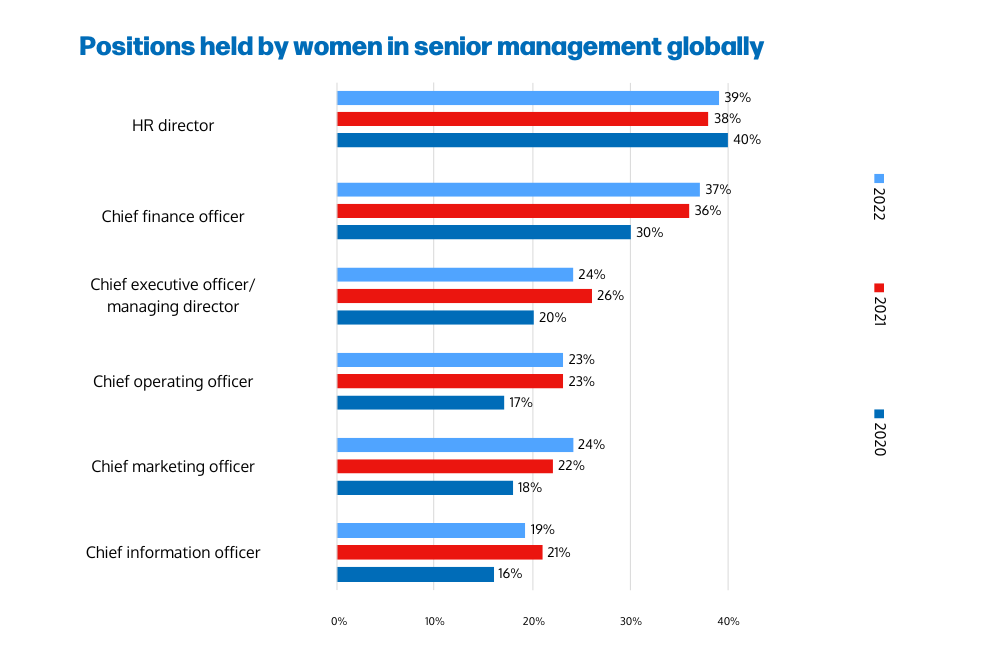From Data to Action: Exploring the Statistics Behind the Gender Pay Gap

With a new gender pay gap reporting law coming into effect in Australia there has been a lot of focus on the state of the gender pay gap – whether that’s on a national level or a smaller scale.
So, how are we tracking in the workplace? It’s not unusual to feel daunted by the tidal wave of statistics that you see around this issue, but the old saying also holds true: what gets measured gets managed, so to build any sort of business case for gender equality it’s important to know the numbers.
This is where you can use data and hard numbers to tell a compelling and insightful story that pure numbers can’t do on their own. There’s a story within every dataset – but you need to give people a reason to invest in that story.
Factors that contribute to the gender pay gap
The gender pay gap is not just about pay equity in the workplace. The driving forces behind the gender pay gap are often based on social and cultural gender norms which can be hard to breach. However, breaking down these biases and stereotypes is critical if we’re going to achieve true gender pay equality.
Some of the factors behind the gender pay gap include the difficulty women have in accessing male-dominated, high-paying industries and education streams; the unequal share of unpaid care and domestic work that falls to women; and unconscious bias and discrimination in the workplace.
The gender pay gap in numbers
The national gender pay gap in New Zealand is currently 9.2%. The Australian gender pay gap is slightly higher at 13.3%. There is a gender pay gap across all industries and occupations that favours men, even those industries with a higher percentage of female workers.
On a global scale, the 2022 Grant Thorton Women in Business report showed that:
- Women hold 32% of senior management roles, up by 1% from last year
- The most common senior role held by women is HR Director (39%), with CIO being least likely (19%)
- Emerging markets are much more likely to have women in senior positions (Africa, South East Asia, Latin America) compared to more established markets (EU, North America)
- 47% of businesses looking to promote gender inclusivity in the workplace offered flexible working arrangements
- The number of businesses taking no steps to promote equality and inclusion has dropped from 8% in 2021 to 5% in 2022

Source: Women in Business 2022: Opening the door to diverse talent, Grant Thornton, 2022.
Gender pay inequality in Australia and New Zealand
Gender pay parity progress is slow, although the gap is narrowing. Here are the latest results for Australia and New Zealand.
In Australia, the Workplace Gender Equality Agency provides the following data on the gender pay gap:
- 19.4% of CEOs are women
- Women hold 32.5% of key management positions
- 38.7% of full-time workers are female
- On average, women make 87 cents for every $1 earned by a man
The Manatū Wāhine Ministry for Women has collected the following data on gender pay inequality:
- Women hold 28.5% of director positions
- Women hold 26.4% of executive management roles
- The average median hourly wage for women is $28.00 and $30.85 for men
- Women’s participation in the labour force has increased to 67.7% (the highest since 1986)
Closing the gender pay gap in your organisation
For those employers looking to close the gap, the WGEA provides this pay equity best practice checklist:
- Do your organisation’s policies and practices support pay equity? Is there a transparent performance review process and equitable access to training, promotions, and rewards and benefits programs?
- Does your organisation have an equitable wage-setting process that has been checked to ensure it is free of gender bias?
- Are jobs fully and fairly described and valued, and are work value factors such as skill, level of responsibility and working conditions consistently measured?
- Has your organisation undertaken a pay equity audit to determine areas and occupations where gender pay inequity may exist? An audit usually involves a review of the payroll data to identify the areas where there may be gender inequalities.
- Are there flexible working arrangements? Are flexible working arrangements available to all employees, and does the workplace culture support such arrangements?
- Is pay equity incorporated into your organisation’s business objectives and goals?
- Does your organisation compare salaries for men and women upon commencement, yearly and on promotion to analyse where gaps exist and either seek justification for any imbalances or work to eliminate them?
The WGEA’s Data Explorer page has analysis, industry profiles and best practice tips.
Enacting meaningful change for pay equity
It’s apparent that without meaningful action at all levels of a business, progress cannot be made towards creating true gender balance.
No organisation can achieve gender equality overnight, and it cannot be left to one group of people to accomplish. Instead, it must be built into the organisation’s policies, procedures and overall culture, and all employees have to do their bit to accomplish this goal. The good news is that more and more companies are seeing the importance of diversity and inclusion in the workplace, and realising that gender equality benefits everyone.
About ELMO Software
ELMO Software is the most preferred HR, payroll & expense management software provider in Australia, compared to our competitors. And when people choose ELMO, they rarely think of switching. In fact, almost 70% of our customers say they’re unlikely to change their HRIS provider within the next 12 months. With a highly configurable product that can be tailored to suit your business, industry-leading security practises, and a supportive implementation process, it’s no wonder more people prefer – and stick with – ELMO.
Visit our website to learn more about ELMO’s product and how our software can help your business.
*YouGov findings are based on the survey responses from 347 HR decision makers in Australian businesses with 50+ employees. Responses were collected in March 2023.
 HR Core
HR Core 









